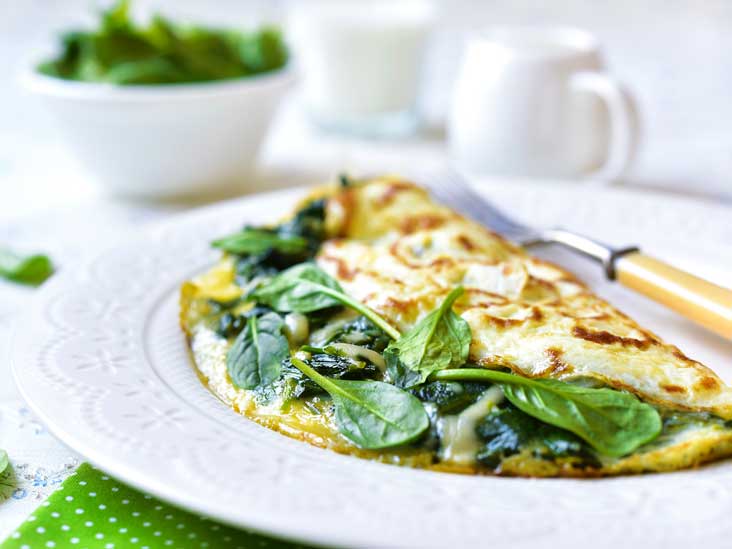Types of packing and fillers for moving boxes
It is a crucial task in any move. Properly packaging your belongings is the best way to make sure they arrive at their destination. We need to address the different types of packaging. Sometimes we forget that plastic packaging can be used for more than just to make bubbles.
If the boxes aren’t filed properly, they will move and become damaged when being moved. A box that is not full may burst, while a box that is too full may burst. We will also need to secure each object within the box. To fill empty spaces, we will need packaging materials. Let’s look at what materials are available.
What type of packaging is required for my move?
Our moving company can help us choose the best packaging to pack our belongings. Your experience is invaluable in these situations. It is easy to limit the dimensions and strengths we need and to stock up on filling material that can cushion any movements inside the boxes.
There are many types of cardboard available
Professional moving boxes and cartons are available in many sizes and shapes, specifically designed to fit various household items for Residential moving.
Corrugated cardboard for fragile items
This sturdy, double-wall corrugated box is suitable for fragile items. This box can also be used for glassware and tableware packing. As an extra measure of protection, cell dividers can be placed inside the box.
Medium Box for Heavy Items
A double-walled, easy-to-handle cardboard box that can hold heavy items like books and other objects. These boxes can hold approximately 50 volumetric liters (or fifty cubic decimeters) of weight.
Large boxes for a variety of items
These utility boxes, which are made of large cardboard and have double walls, can be used to store small appliances, pots and pans, and toys. These boxes can hold 100 liters (100 cubic centimeters) and are sturdy.
Extra-large boxes for bulky items
These boxes can hold bulky items but are not too heavy like towels or bedding. These boxes usually have a volume of around 150 liters.
Wardrobe box
The large box is equipped with a metal hanger for clothing storage. You can transfer items from your closet directly to the box.
How much padding should I use?
Gap filler or shielding can be used to reduce movement and minimize the impact packaging items have on the environment. No matter what type of packaging filler is used, the primary goal is to prevent any damage during transport. There are many types of protective packaging and gap fillers available. They will differ depending on the product and shipping method.
You may require different fillers for your move
Let’s look at some of the most popular packaging fillers.
Kraft Paper – Paper can be twisted and shaped to remove empty spaces from boxes. Kraft paper is a great choice for sustainability because it can be recycled 100% and is recyclable. This type of gap-filling material can absorb excess moisture and reduce shock and shock during transport.
Bubble wrap – Its well-known small bubbles make it an effective element to fill gaps in packaging. Because of its reliability in providing cushioning, it has been a popular choice.
Foam is a type of material that comes in rolls. It can be purchased in thicknesses between 1 and 2 millimeters, and on request, a greater thickness. This packaging is great for items that need scratch protection.
Biodegradable chips – Loosefill packaging is an excellent way to fill in gaps or uneven profiles. These are made from non-toxic, natural materials. This product provides great protection and cushioning during shipping.
Cardboard shavings – Made from corrugated cards, this product can be recycled 100%. This product, like other packaging chips, can be used to fill in gaps between products so they don’t move during transport.
Air pillows There are many options for flexible and small-sized air cushions. Wrapping fragile objects in air cushions will protect them quickly and effectively during transit or storage.
